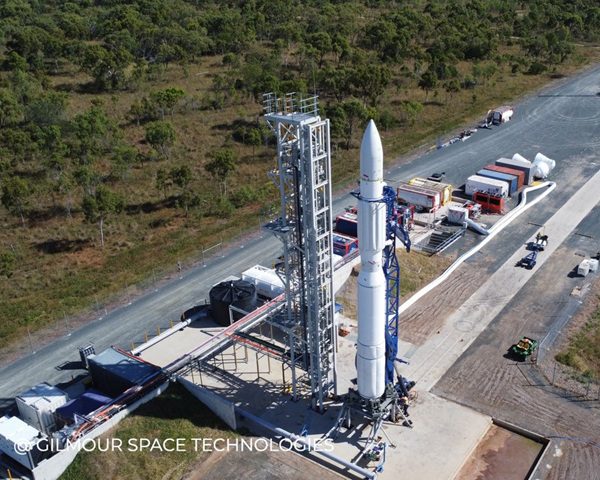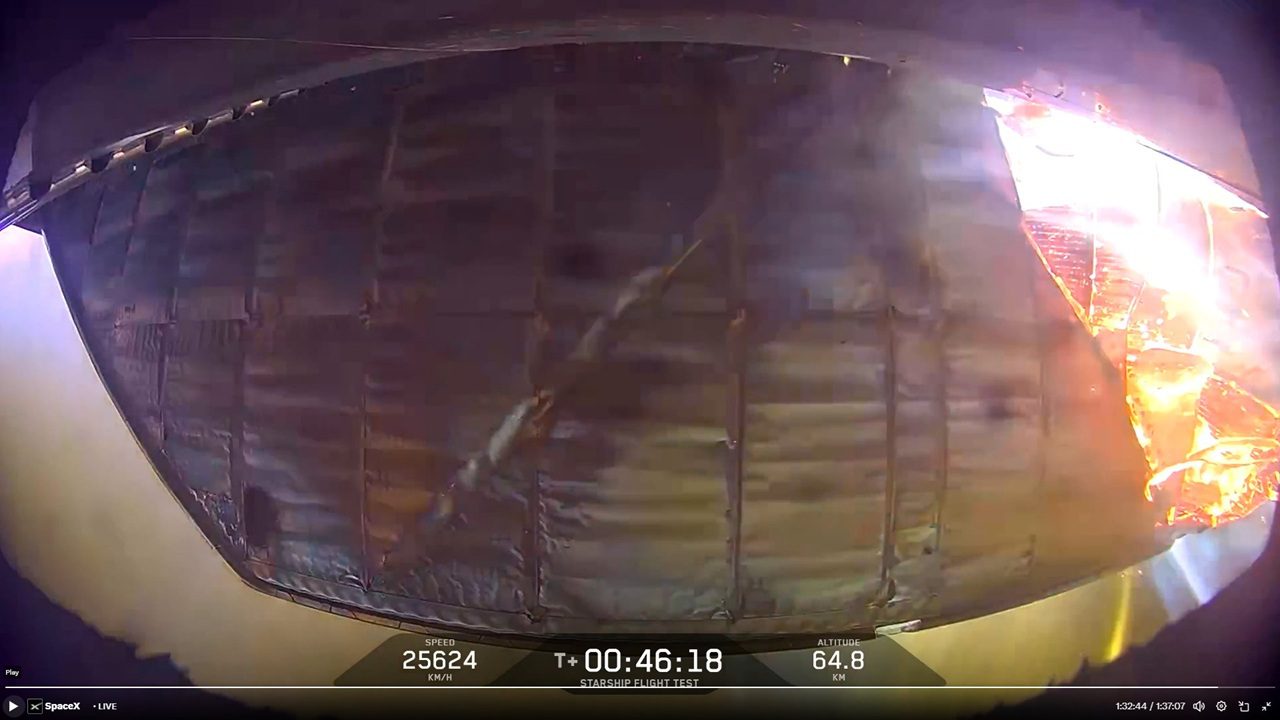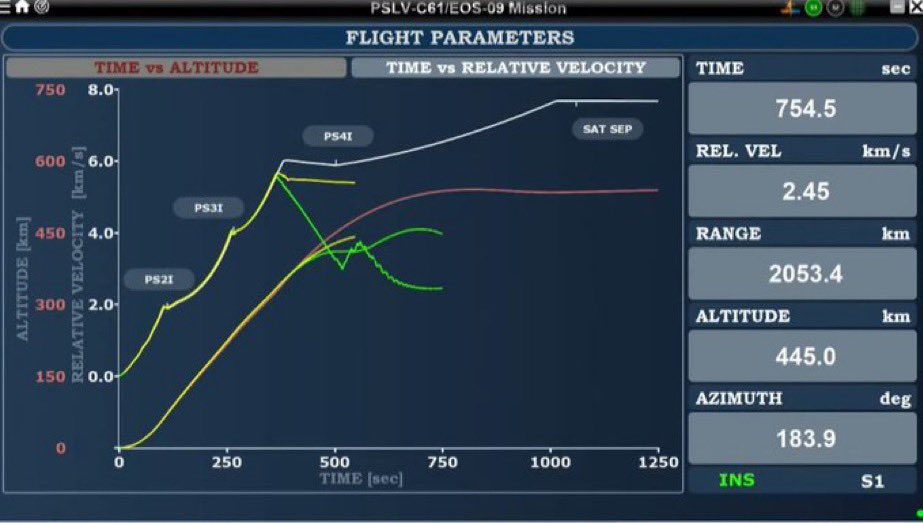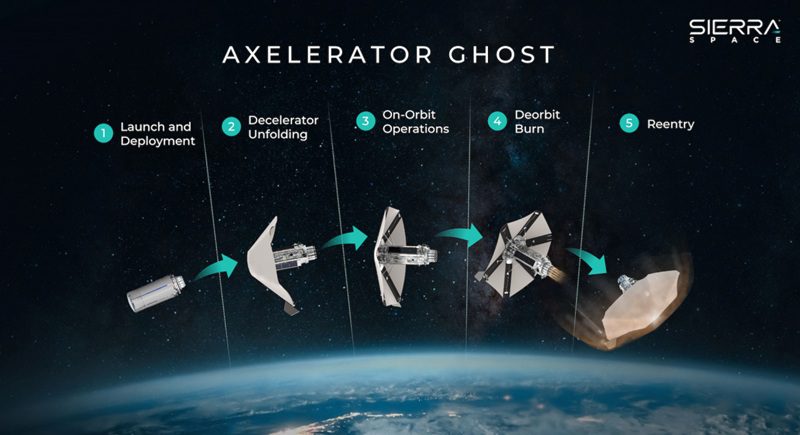According to Head of Roscosmos, Oleg Ostapenko, the Russian Space Agency is to formally ask the Russian government’s Military Industrial Commission for funding to build a new super heavy lift rocket launch vehicle. The vehicle will be designed to carry 80 metric tons into low Earth orbit (LEO) but will have the capability to be enlarged to carry 160 metric tons into LEO. This performance equates roughly to that planned for the US SLS (Space Launch System) launch vehicle.
Technical details have not yet been revealed but the new rocket may be based on elements of Russia’s previous two heavy lift launch vehicles, the Energia of the 1980s which could carry 100 metric tons to LEO and which had a proposed 175 metric ton capable derivative called Vulkan, and the N-1 failed moon rocket of the late 1960s/early 1970s which could carry 90 metric tons. To date, the most powerful launch vehicle flown has been the Saturn V launch vehicle used by the NASA Apollo manned moon landing programme. It had a lifting capability of 118 metric tons to LEO.
Comment by David Todd: For critics of NASA’s SLS (Space Launch System) Heavy Lift launcher development programme, there is one question that remains: if building a super-heavy-lift launch vehicle is such a bad idea why are China and Russia now doing the same? New technologies such as in space refuelling and eventually reusable rockets will give a long term permanence to long range space exploration (e.g. such refuelling and resupply technologies are needed for a long term presence on the Moon etc.). However, under current technology, initially a very large rocket is what is needed to provide the mission architectural integrity at a low enough price per kg payload to make initial long range manned missions to the Moon, asteroids and Mars possible. This is the reason why the three main space powers: USA, Russia and China, are building them.
Update: Oleg Ostapenko announced in April 2014 that the plan to build a super heavy lift launch vehicle was accepted into the Russian Federal Space Plan.







